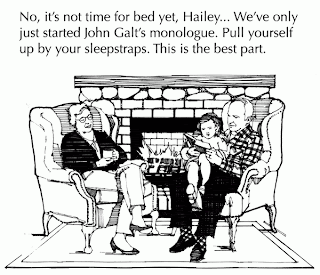I’ve spent quite some time recently looking at my own collection of books, and making decisions about which one will remain on my shelves. I do it every few years as the collection begins to spill out of the confines of our bookshelves, and each time go through the same angst over the process. I am one of those people who rarely re-reads a book, but it doesn’t take away from the fact that there are some books which I want to have at home. I may not remember the specifics of many of the titles, but I do remember my reaction to each one. I remember the reactions to the very bad, as well as to the brilliant. And so, through the process I have dipped in and out of a few titles. Almost each time I have had my positive impression reinforced. Occasionally I change my mind. So, the discard pile grows, giving me more room for new titles to come.
Do you go through your bookshelves regularly? Do you keep everything, or do you pass on loved books so others can enjoy them too?
So what new (to me) books have I been reading?
Frank Cottrell Boyce has written Chitty Chitty Bang Bang Flies Again, the first in a series of sequels to Ian Fleming’s only children’s story. Boyce is the author of the very successful Millions and Cosmic. The Tooting family set off on a life-changing adventure in their campervan which has been modified by adding a huge old engine that was once in an amazing car. This is a story for children of all ages – the ones who remember the original story and/or film, as well as the ones being introduced to the magic for the first time.
 Have you been a fan of Ann Brashares’ series which started with The Sisterhood of the Travelling Pants? Well, the fifth and final in the series has recently been published. Titled Sisterhood Everlasting, it traces the lives of the girls ten years on, after they have moved apart. Each feels that life is no longer as fulfilling as it had been. Tibby bridges the distance between them but it’s not a happily-ever-after ending. The book sometimes grabs the reader and at other times it’s more of a chore, but for those who have come of age with these characters, you’re sure to want to know what happens.
Have you been a fan of Ann Brashares’ series which started with The Sisterhood of the Travelling Pants? Well, the fifth and final in the series has recently been published. Titled Sisterhood Everlasting, it traces the lives of the girls ten years on, after they have moved apart. Each feels that life is no longer as fulfilling as it had been. Tibby bridges the distance between them but it’s not a happily-ever-after ending. The book sometimes grabs the reader and at other times it’s more of a chore, but for those who have come of age with these characters, you’re sure to want to know what happens.As always, I’ve also been enjoying several picture books, not all of them recent publications. I came across Mike Dumbleton’s Muddled Up Farm (2003). Why didn’t I know about it earlier? Sadly, it is out of stock, so we have to hope that it might be reprinted. The animals make lots of noise, but not the noises we expect. The farm inspector tries to correct things, but the changes aren’t quite what he intended.
In Jeanne Willis’s Stomp(2011), the blue monster stomps through various rooms in the house, making lots of noise till he finds what he’s looking for. And again, it’s not quite what we expect. The illustrations use primary colours and the text is repetitive and child-friendly. Good fun!
Pete the Cat (by Eric Litwin and James Dean, 2010) with his white shoes sings along his way, “I love my white shoes, I love my white shoes …” But then he steps into a huge pile of strawberries and now has red shoes. There are no tears, the song changes and Pete goes on his way. Because of various accidents, his shoe colours change and each time Pete modifies his song, maintaining his positive outlook on life.
Perfect Square (2011) by Michael Hall is another book using primary colours, but otherwise a different concept. On each double page spread, a square is transformed by changing its format – holes punched, torn, cut, etc – and a new creation appears. It leads children to want to experiment with a piece of square paper and their own imagination. A great addition to early years mathematical concepts.
Please share some of your recent favourites. And let us know how you cope with bulging bookshelves.





